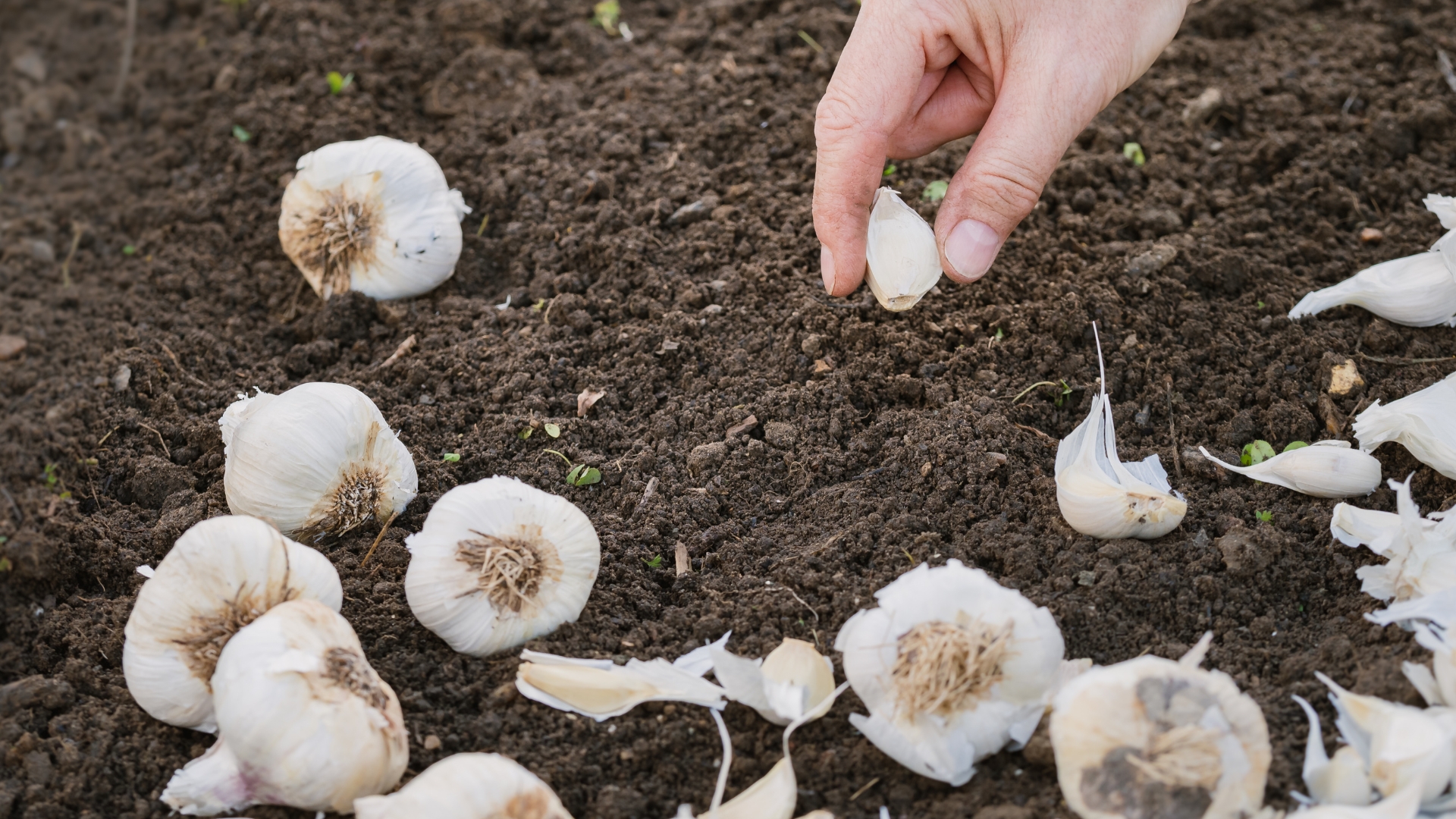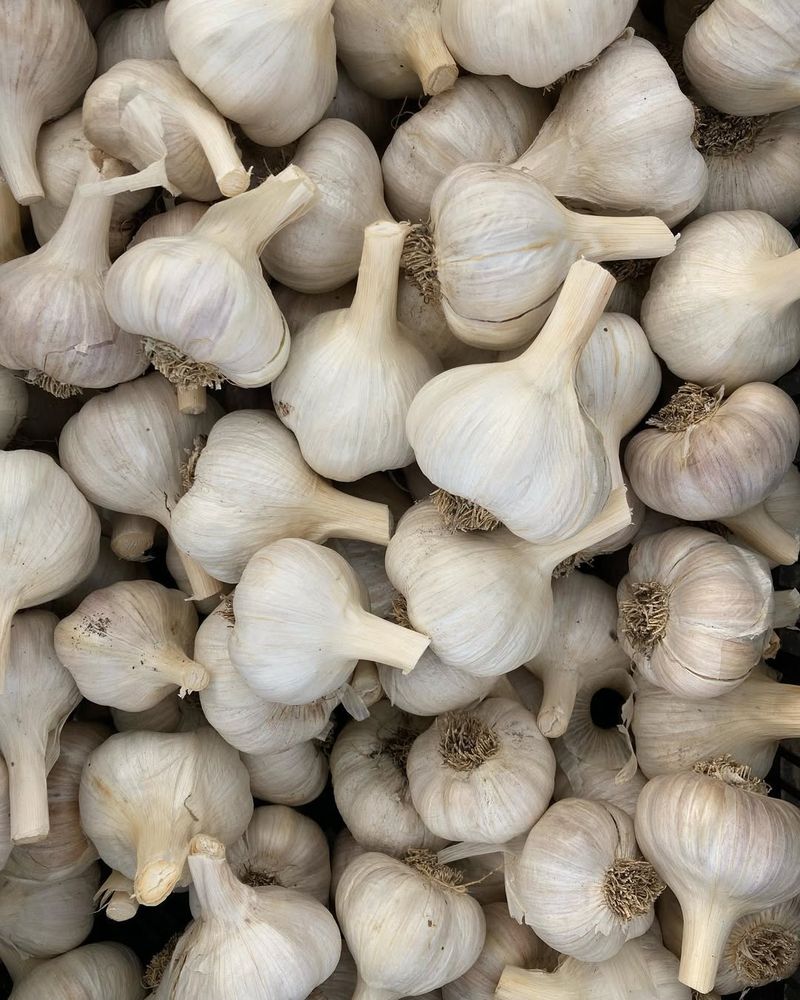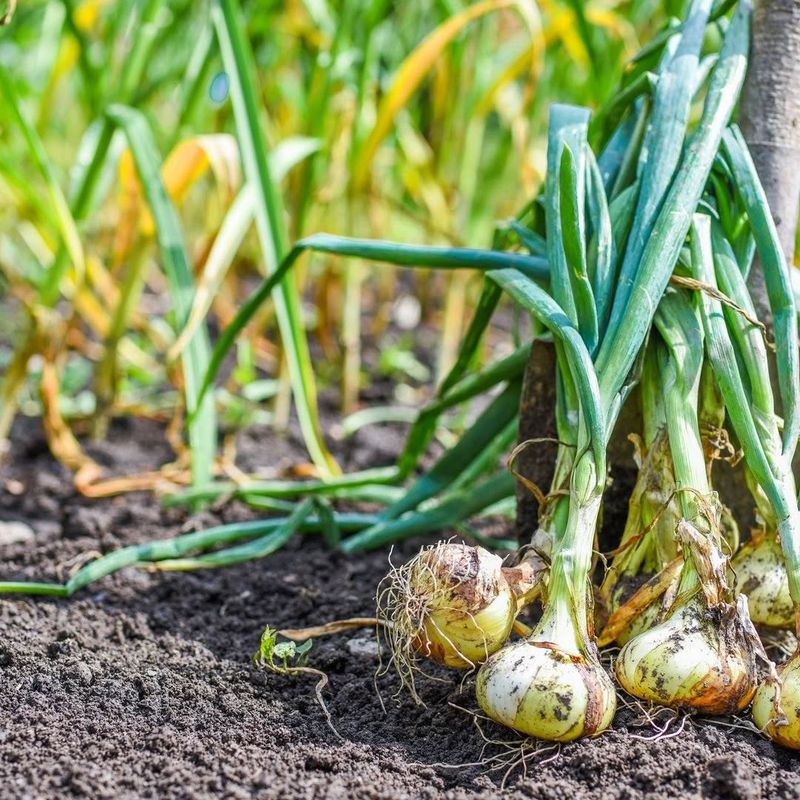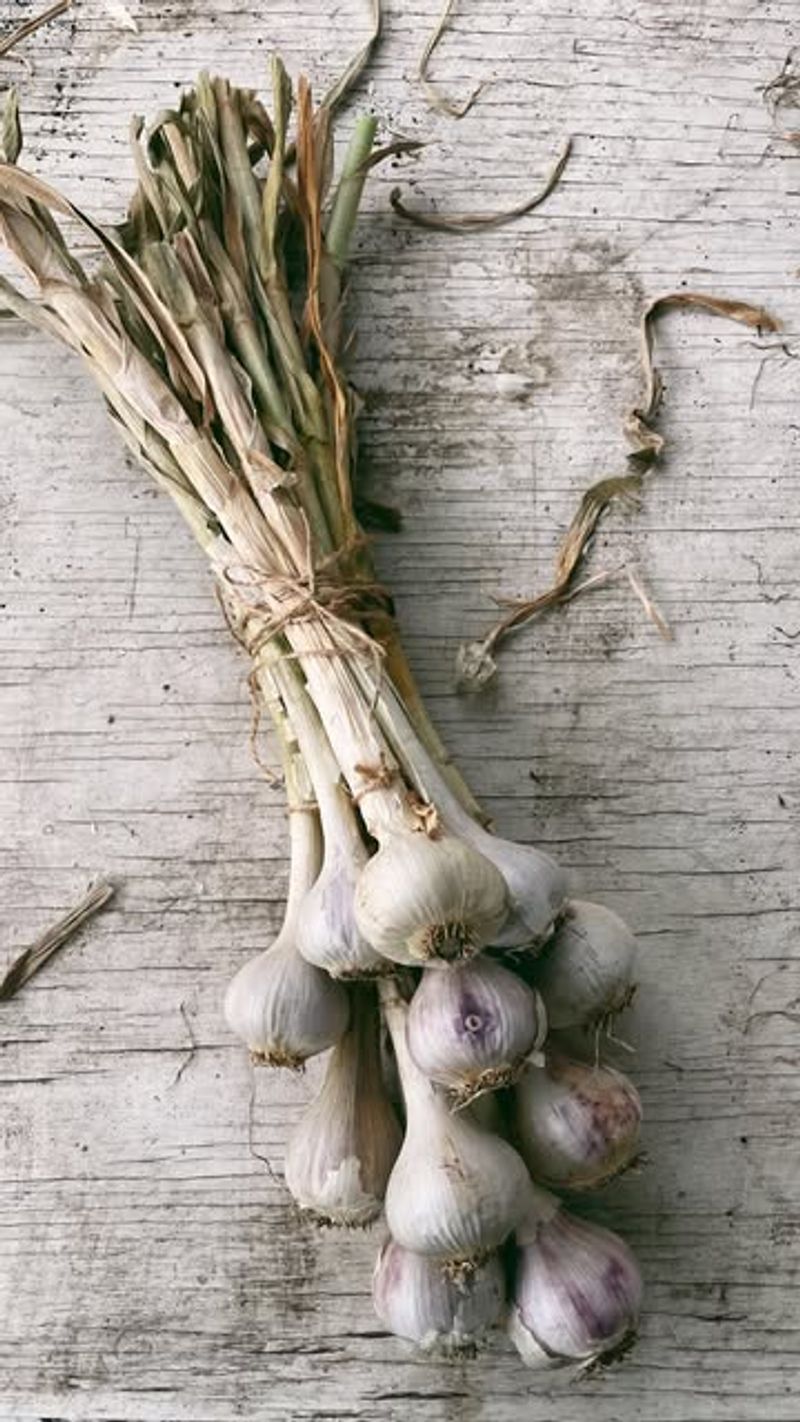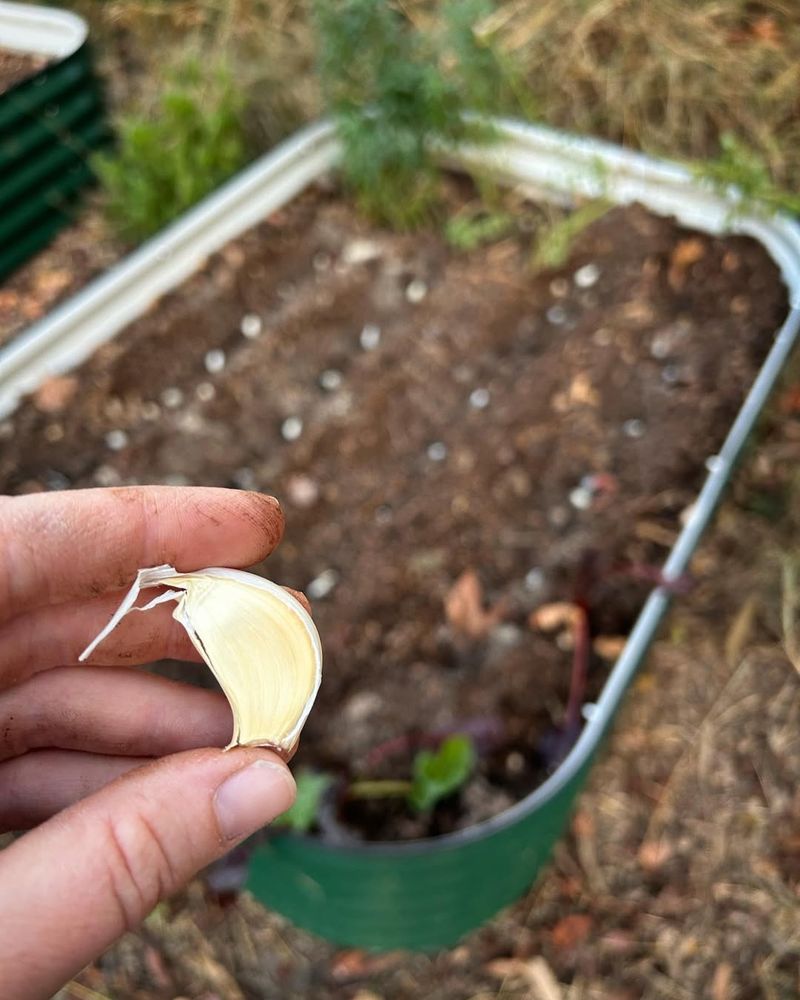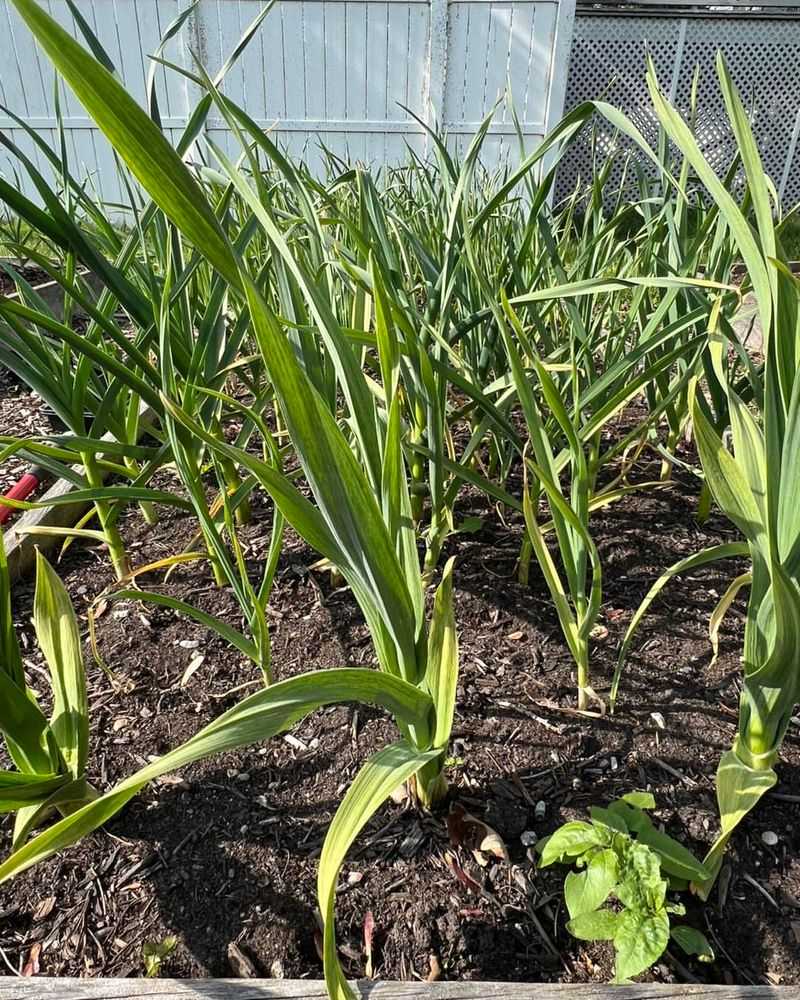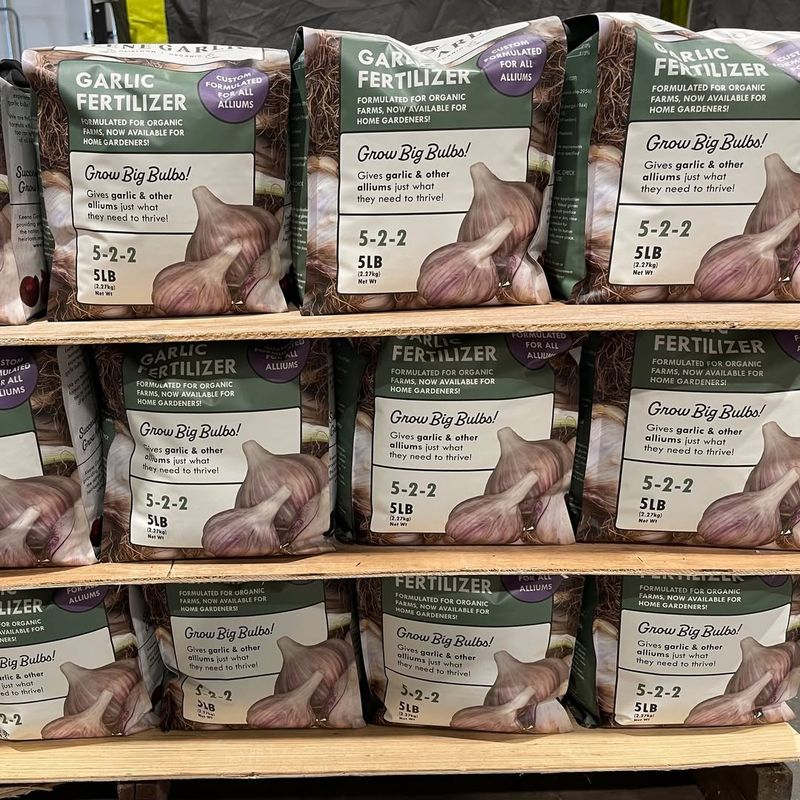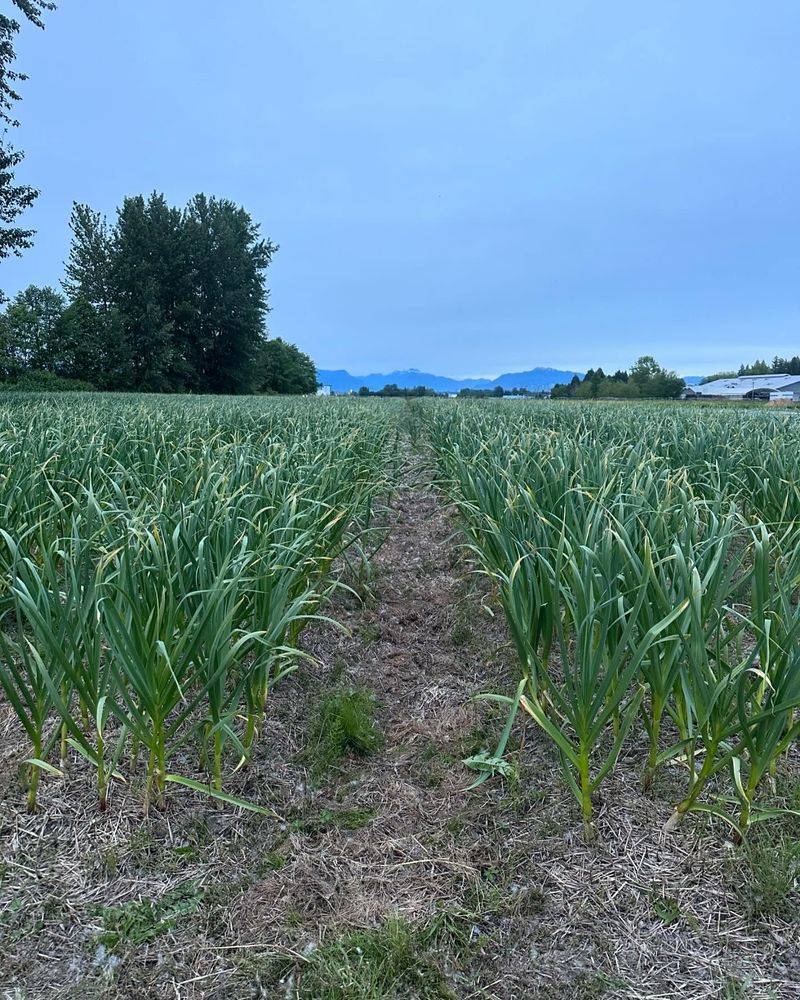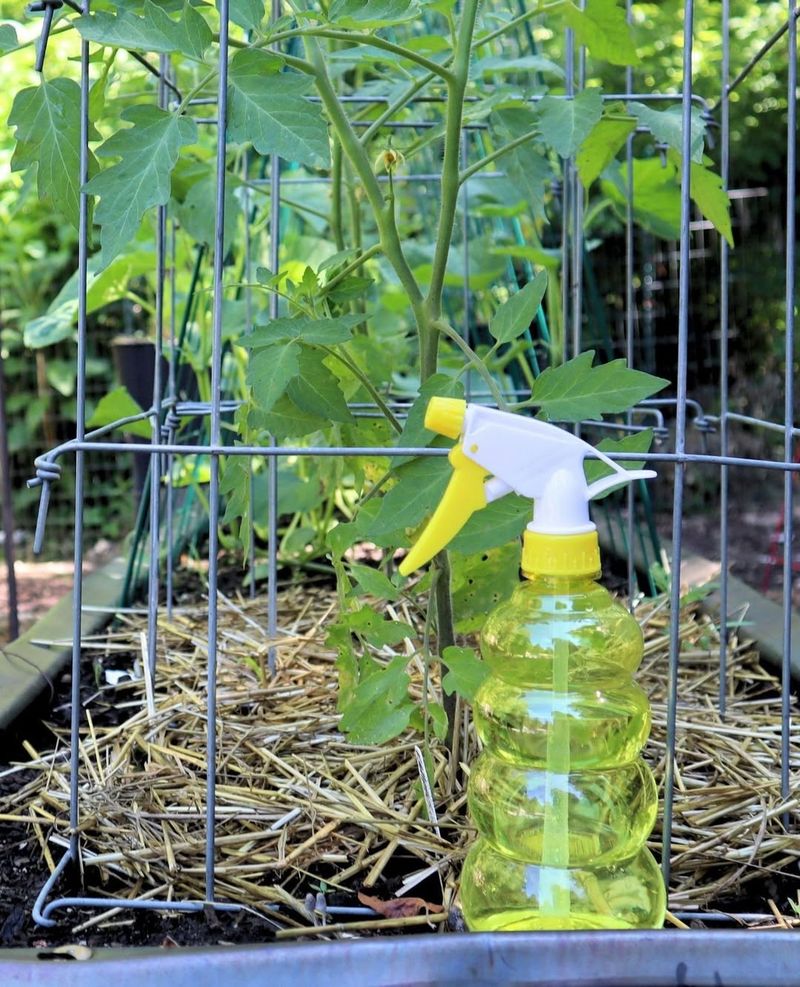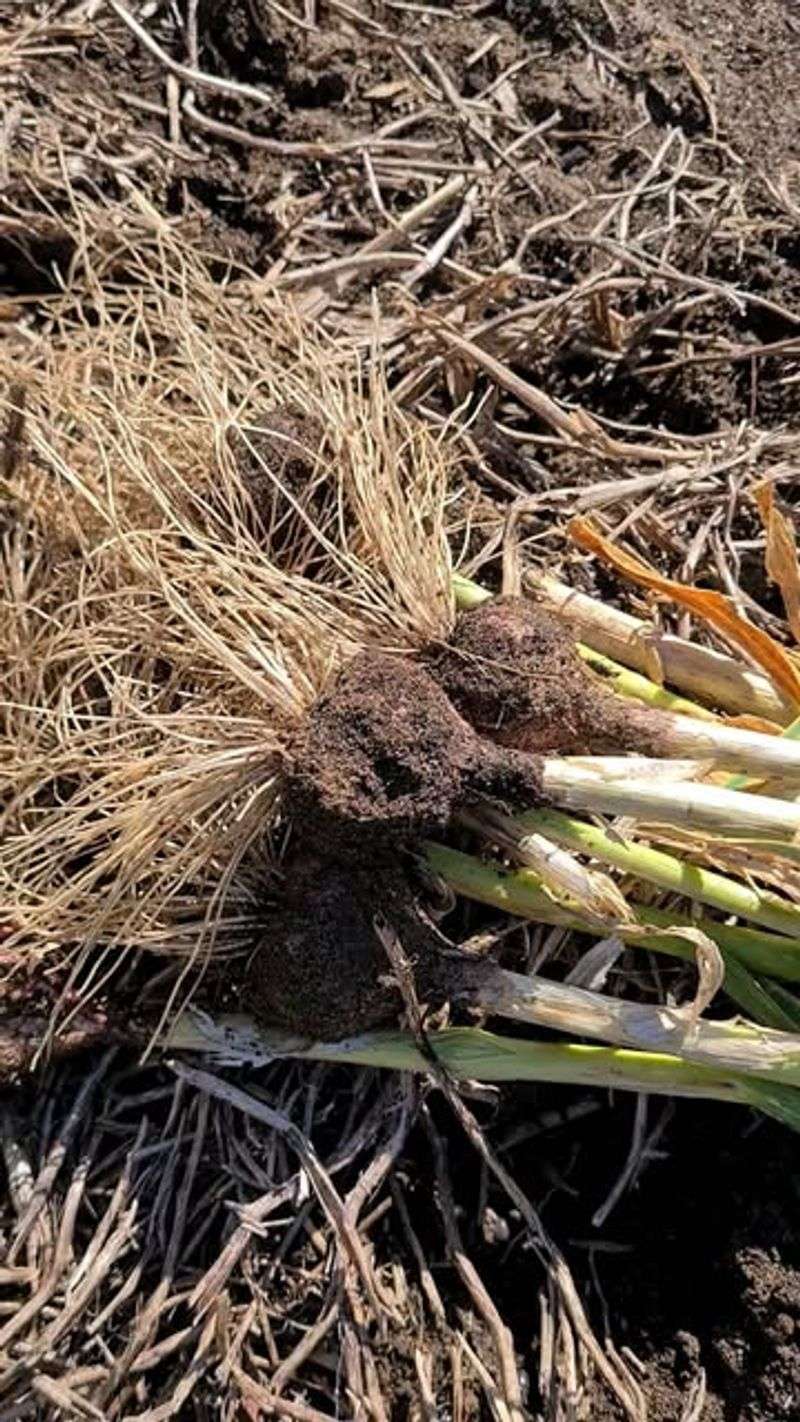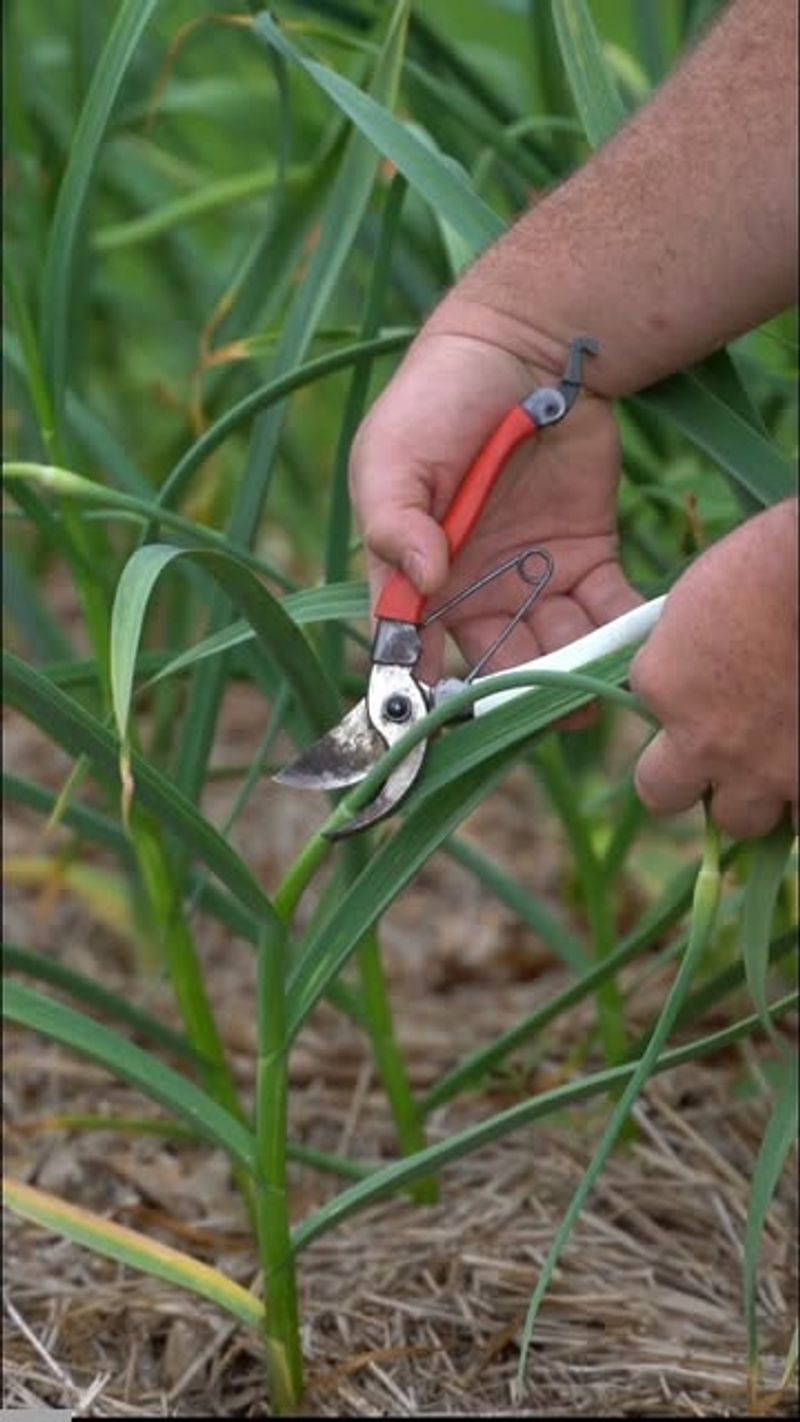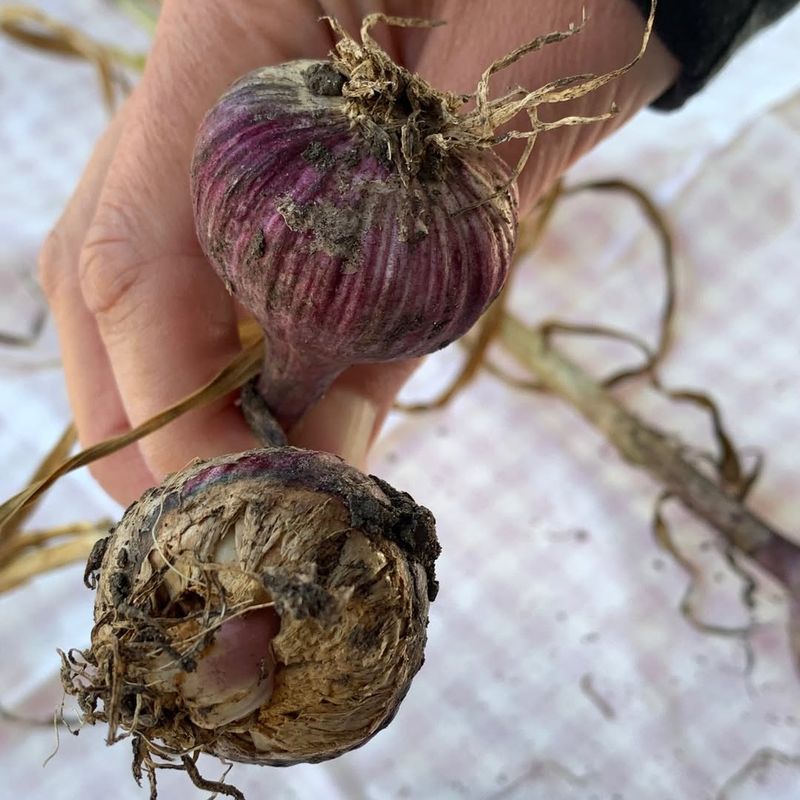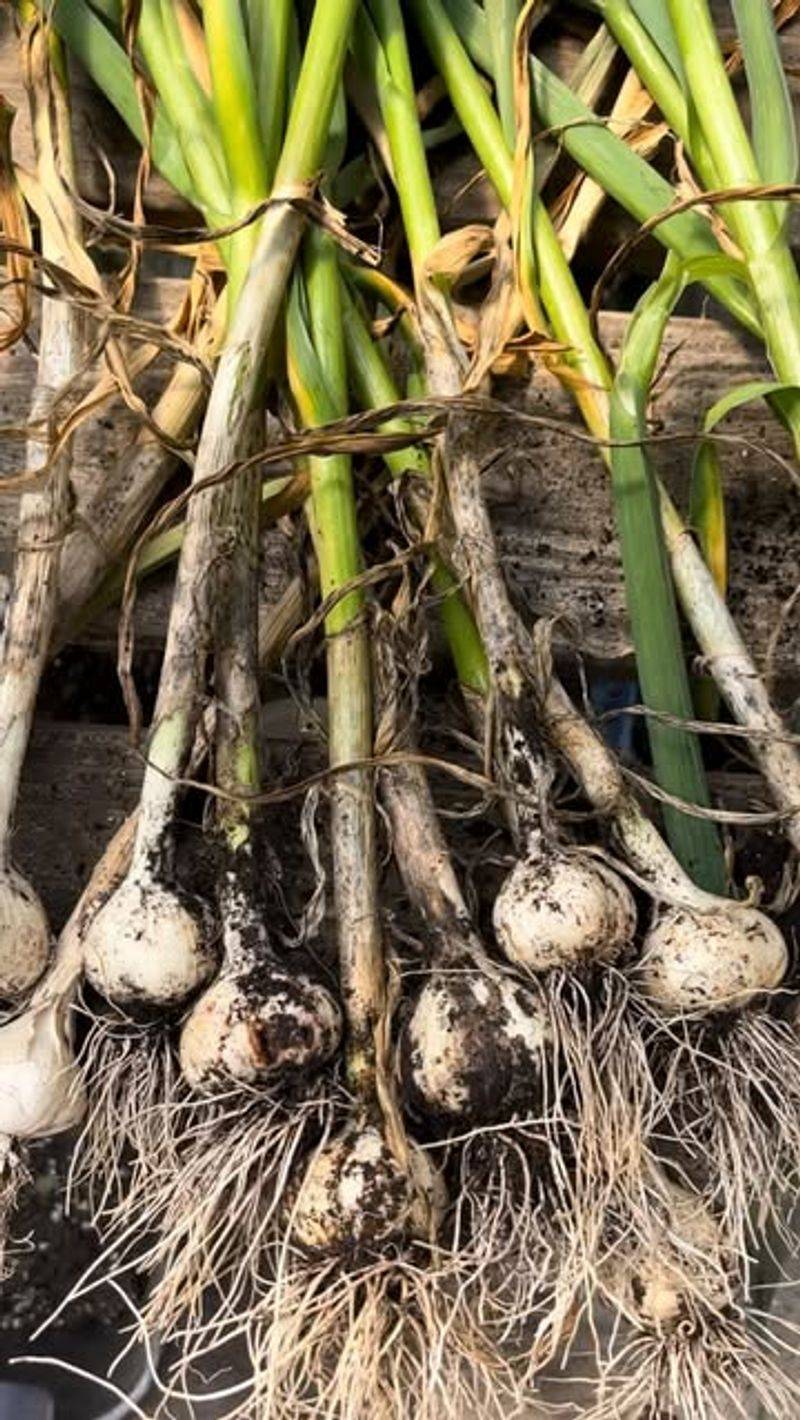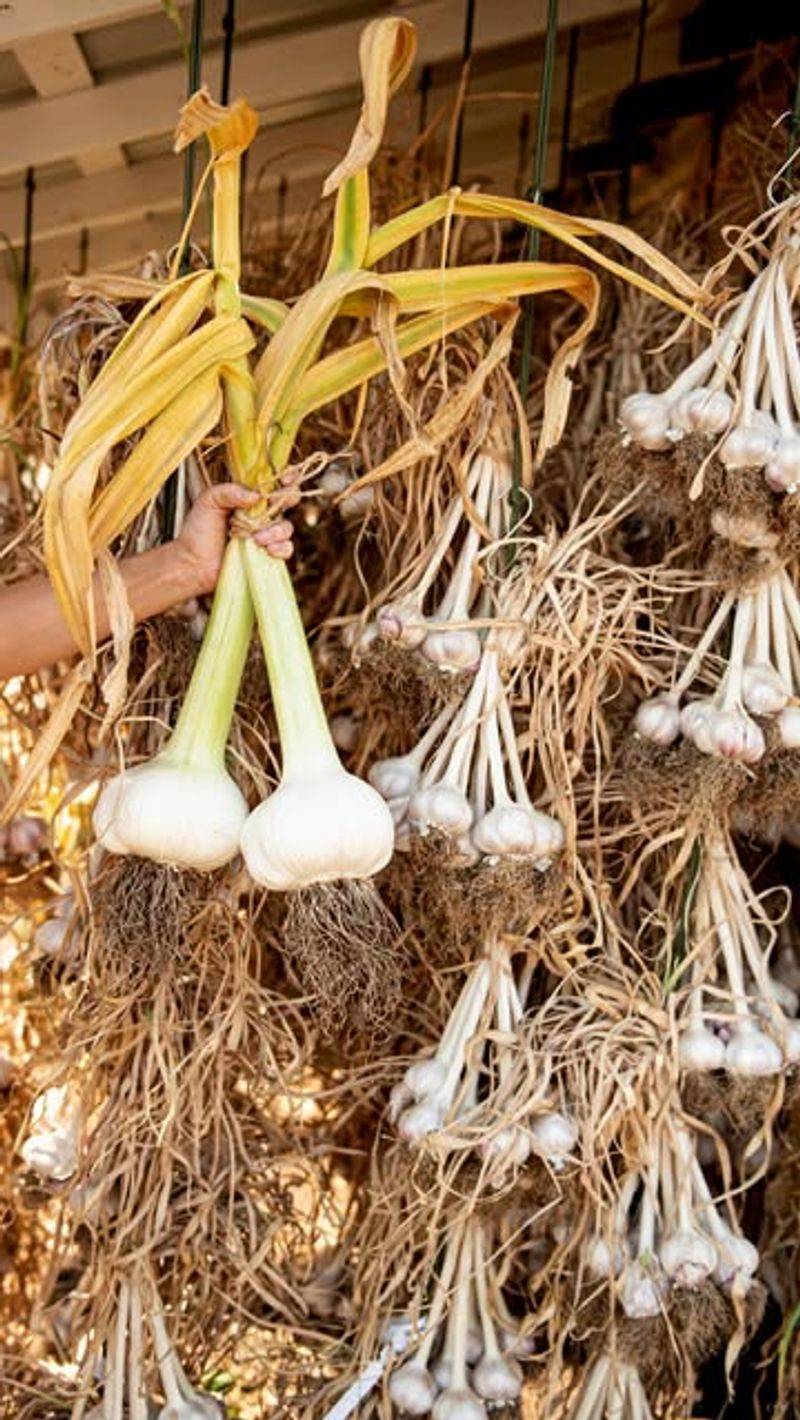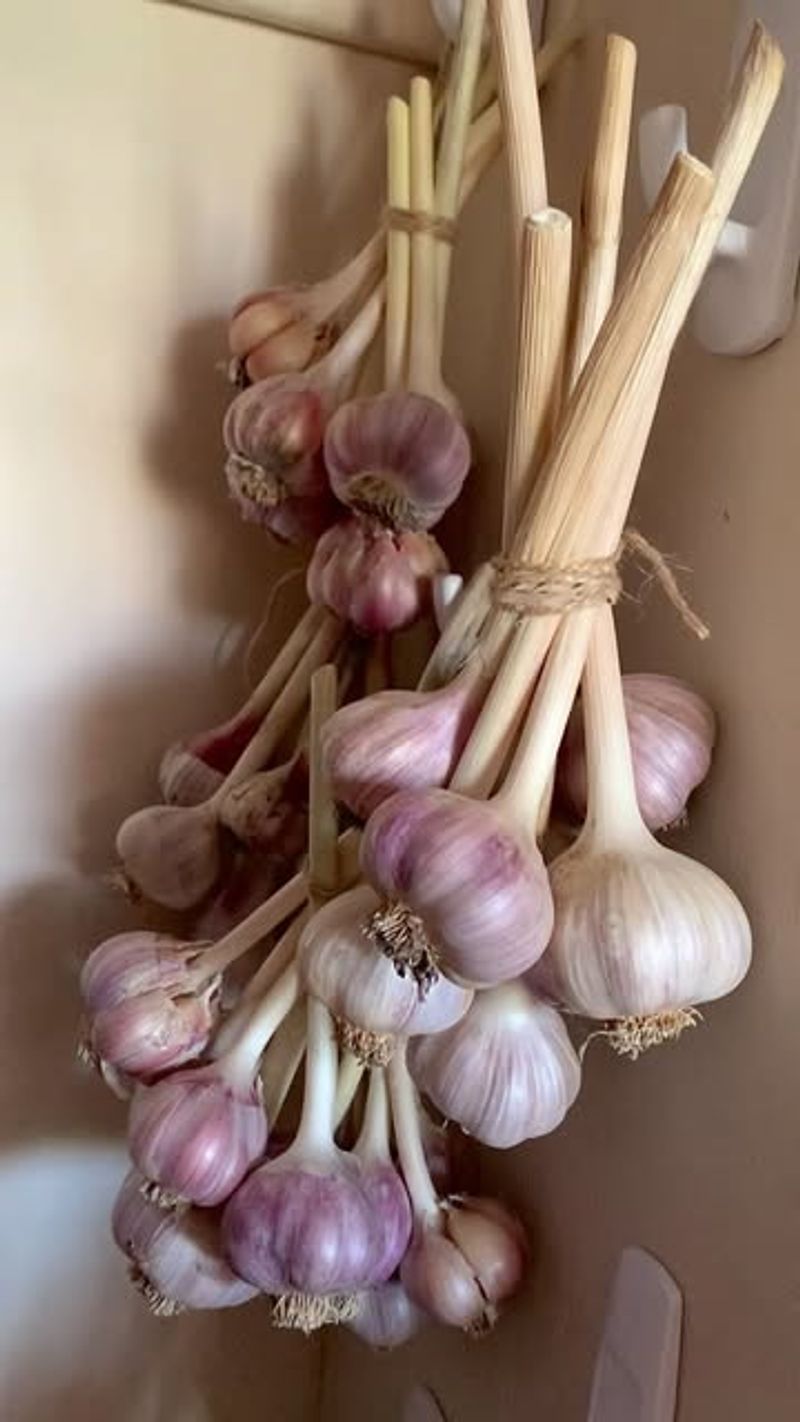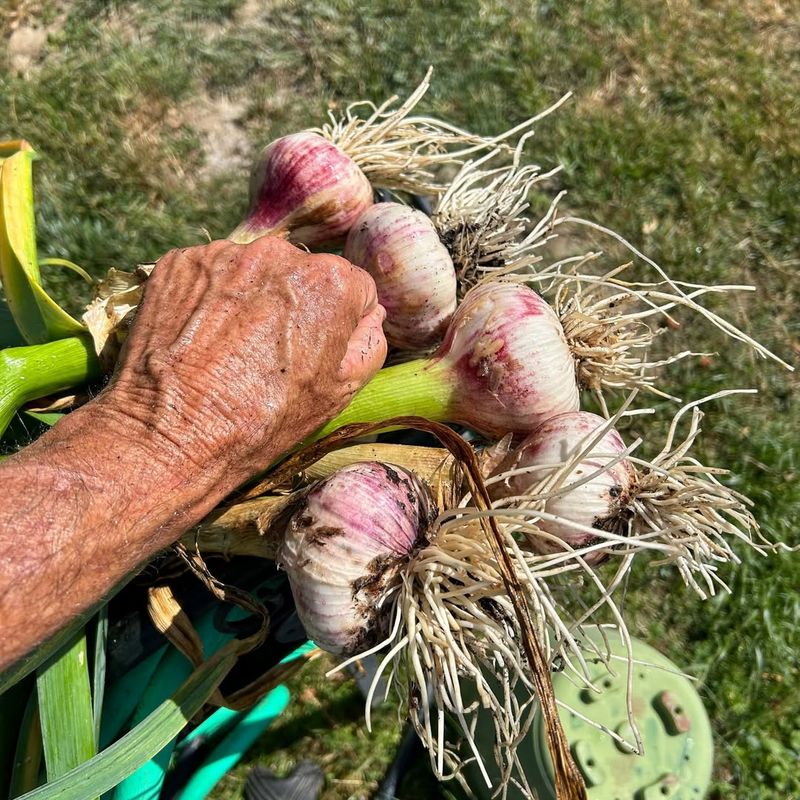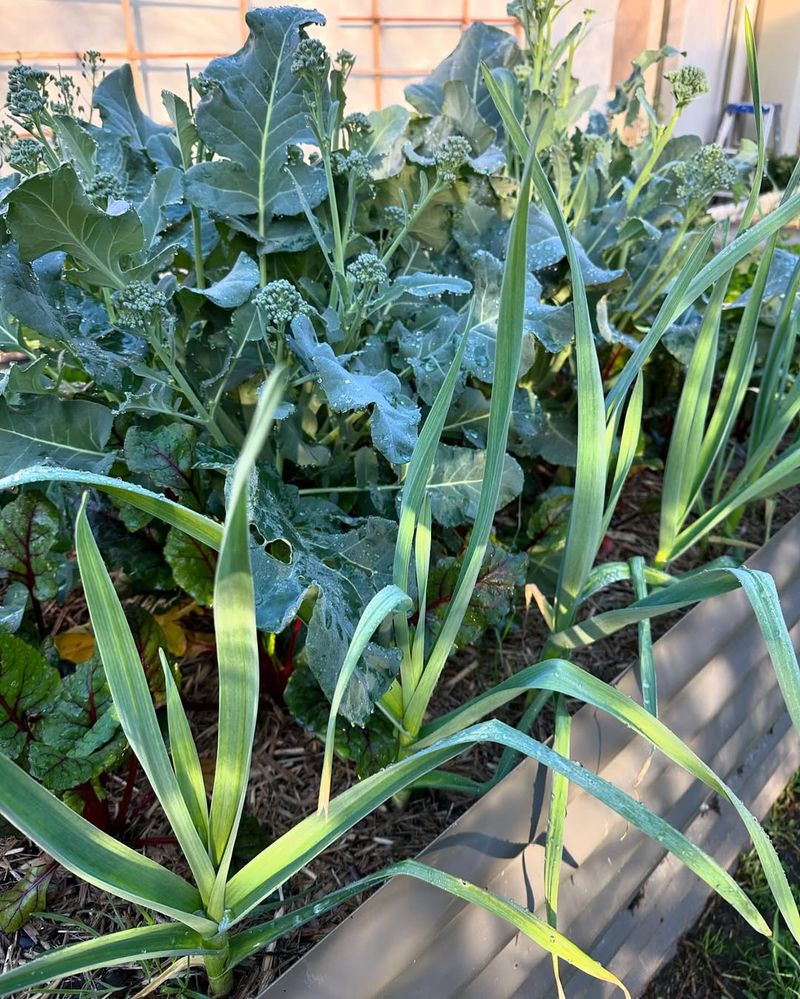Garlic is a fantastic plant to grow in your garden. Not only does it add flavor to your meals, but it also has many health benefits. Spring is the perfect time to start planting garlic, as the soil warms up and the days get longer. With a little care and attention, you can enjoy a bountiful harvest of this versatile and aromatic bulb.
1. Choosing the Right Garlic Type
Selecting the right garlic variety is key to a successful harvest. There are two main types: hardneck and softneck. Hardneck varieties have a stronger flavor, while softneck types store longer.
Consider your climate and culinary preferences when choosing. Local farmers’ markets often offer a variety of choices. Planting garlic suited to your region’s climate can enhance growth. Experimenting with different types lets you discover unique flavors and aromas.
Be sure to inspect bulbs for damage before purchasing. Healthy bulbs lead to robust plants. A mix of varieties can add diversity to your garden and kitchen.
2. Preparing Your Garden Soil
Good soil preparation is essential for garlic planting. Start by removing weeds and adding organic matter like compost or well-rotted manure.
This enriches the soil and improves drainage. Garlic prefers loose, well-draining soil, so break up any clumps. Testing soil pH is also beneficial, aiming for a range of 6.0 to 7.5. Amending soil with appropriate nutrients can boost growth.
Rotate your garlic planting area each year to prevent disease buildup. A well-prepared bed sets the stage for healthy garlic plants. Consistent effort in soil care pays off with a thriving garlic crop.
3. Timing Your Planting
Timing is everything when it comes to planting garlic. Spring planting should occur as soon as the soil can be worked and is free of frost. Planting too early or too late can affect growth and bulb size. Check local frost dates to determine the best time.
This ensures garlic has ample growing time before summer heat. Regularly monitor weather forecasts for unexpected cold snaps. Timely planting sets your garlic up for success.
Patience pays off as you watch your garlic thrive. A well-timed planting leads to a robust and flavorful harvest.
4. Planting Garlic Cloves Properly
Planting garlic cloves correctly ensures strong growth. Each clove should be planted root side down, 2 inches deep, and 4 to 6 inches apart. This spacing allows room for bulb expansion.
Avoid planting too shallow or too deep. Properly spaced garlic receives optimal sunlight and air circulation. Marking planting rows helps maintain organization. A consistent planting depth promotes uniform growth. Taking care with planting technique leads to healthier plants.
Recheck spacing to prevent overcrowding. Properly planted cloves develop into robust garlic bulbs, offering a plentiful yield for your kitchen delights.
5. Watering Wisely
Watering garlic needs careful attention. Garlic prefers consistent moisture but dislikes waterlogged conditions. Water deeply but less frequently, allowing soil to dry slightly between waterings. This encourages deep root growth.
Adjust watering based on weather; more water during dry spells and less in rainy periods. Mulching helps retain moisture and reduces weeds. Overwatering can lead to root rot, so observe plants’ needs. A balanced watering routine supports healthy growth.
Monitor soil moisture with a finger test. Proper watering practices are vital for developing large, flavorful bulbs.
6. Fertilizing for Growth
Fertilizing garlic encourages vigorous growth. Apply a balanced organic fertilizer at planting time, following up with side dressing during the growing season.
Nitrogen-rich fertilizers like fish emulsion boost leafy growth. Over-fertilizing can harm plants, so adhere to recommended amounts. Regular feeding supports bulb development. Choose natural fertilizers for healthier soil. A well-fed garlic plant produces robust bulbs.
Monitoring growth helps adjust fertilization needs. Understanding nutrient requirements leads to successful gardening. Consistent nourishment rewards you with an abundant garlic harvest, enriching your culinary creations.
7. Mulching to Protect
Mulching garlic protects it from temperature extremes and retains moisture. Use organic materials like straw or leaves to cover garlic beds. Mulch conserves warmth during cool nights and cools soil in hot weather.
It also reduces weed growth, benefiting garlic. Apply a 2 to 4-inch layer after planting, ensuring even coverage. Mulch improves soil health as it breaks down. Regularly check and replenish mulch as needed. A well-mulched garlic bed fosters healthy plants.
The insulating layer encourages steady growth. Mulching is an easy way to boost your garlic garden’s success.
8. Controlling Pests Naturally
Natural pest control keeps garlic healthy without chemicals. Companion planting with marigolds or chives deters pests while attracting beneficial insects. Regularly inspect plants for signs of pests like aphids or onion flies.
Remove affected leaves to limit spread. Spraying with soapy water or neem oil helps control infestations. Encouraging predatory insects like ladybugs protects plants naturally.
Maintaining garden cleanliness reduces pest habitats. A vigilant approach keeps garlic thriving. Diverse plant companions enhance garden health. Eco-friendly pest control supports a robust garlic crop, ensuring flavorful bulbs free from pests.
9. Ensuring Proper Sunlight
Garlic thrives in full sunlight. Choose a sunny spot in your garden, ensuring plants receive at least 6 to 8 hours of sun daily. Sunlight boosts photosynthesis, essential for growth.
Avoid shady areas, as insufficient light leads to smaller bulbs. Trimming surrounding foliage enhances light exposure. Regular sunlight promotes strong, healthy plants. Monitoring sun patterns helps optimize planting location. Adjusting garden layout ensures garlic’s sun needs are met.
A sun-drenched location leads to flavorful, well-developed bulbs. Consistent sun exposure is a cornerstone of successful garlic gardening.
10. Trimming Scapes for Bigger Bulbs
Trimming garlic scapes encourages bulb growth. Scapes are the flowering stalks that appear in late spring. Cutting them redirects energy to the bulb, increasing size.
Use clean shears to trim scapes when they curl. Leaving scapes can reduce bulb size and flavor. Harvested scapes are edible and add a mild garlic taste to dishes. Regularly inspect plants for scape growth. Consistent trimming enhances bulb development.
Removing scapes fosters healthier, larger garlic. Enjoy the dual benefit of larger bulbs and culinary scapes. Careful scape management yields a bountiful garlic harvest.
11. Monitoring for Diseases
Keeping an eye out for diseases is crucial for garlic health. Common issues include rust and white rot. Monitor plants for discolored leaves or stunted growth. Remove infected plants promptly to prevent spread. Crop rotation reduces disease risk.
Using disease-resistant varieties can also help. Maintain garden hygiene to limit infections. Regularly cleaning tools and removing debris curbs contamination. Early detection and intervention protect your crop. Understanding garlic diseases aids in prevention.
A healthy garlic patch rewards your efforts with flavorful bulbs. Vigilance is the key to a thriving garlic garden.
12. Harvesting at the Right Time
Harvest timing affects garlic quality. Wait until leaves turn yellow and begin to dry, indicating maturity. Dig bulbs gently with a garden fork to avoid damage.
Premature harvest leads to underdeveloped bulbs. Overripe garlic may split or rot. Proper curing post-harvest enhances storage life. Allow bulbs to dry in a cool, airy place for two weeks. Enjoy the rewarding process of harvesting garlic.
Correct timing yields optimal flavor and size. Patience in harvest pays off with robust bulbs ready for use. A well-timed harvest is the climax of garlic gardening.
13. Curing and Storing Garlic
Curing garlic preserves its flavor and extends shelf life. After harvesting, leave bulbs in a shaded, ventilated area for two weeks. Trim roots and leaves once dried.
Properly cured garlic stores well for months. Use mesh bags or braids for hanging. Keep garlic in a cool, dry place away from sunlight. Regularly check stored bulbs for spoilage. Curing allows flavors to develop fully. Proper storage ensures a continuous supply of garlic.
Enjoy the fruits of your labor as you savor delicious, homegrown garlic. Thoughtful curing and storage enhance your garlic experience.
14. Saving Garlic for Planting
Saving bulbs for replanting ensures a sustainable garlic garden. Choose the largest, healthiest bulbs from your harvest. Label and store them in a cool, dark place until next planting season.
This practice maintains garlic quality and adapts plants to your garden conditions. Proper selection enhances future yields. Rotating saved garlic reduces disease risk.
Enjoy the cycle of growing your own garlic. Cultivating from saved bulbs connects you to your garden’s rhythm. With each season, improve your crop’s resilience and flavor. Saving garlic for planting is an investment in your garden’s future.
15. Exploring Garlic Varieties
Exploring different garlic types enriches your garden. Softneck varieties, like ‘Silverskin,’ thrive in warmer areas, while hardneck types, such as ‘Rocambole,’ suit cooler climates.
Experimenting with varieties adds flavor diversity. Each type offers unique characteristics in taste and storage. Local climate influences variety choice. Growing diverse types enhances culinary options. Regional adaptability ensures successful growth.
Enjoy discovering the world of garlic through exploration. Finding the perfect variety for your garden brings satisfaction. Embrace the adventure of growing different garlic types. Variety is the spice of garlic gardening.
16. Companion Planting with Garlic
Companion planting benefits garlic and neighboring plants. Garlic deters pests like aphids, benefiting crops like tomatoes and peppers. Basil and garlic enhance each other’s growth.
Planting garlic near roses improves their fragrance. Companion plants create a balanced ecosystem, promoting health. Experiment with different combinations for optimal results. Observing interactions helps refine planting choices.
This symbiotic relationship enriches your garden’s productivity. Companion planting fosters a thriving environment. Enjoy watching your garden flourish through smart plant pairings. A diverse garden attracts beneficial insects, boosting your harvest success.

